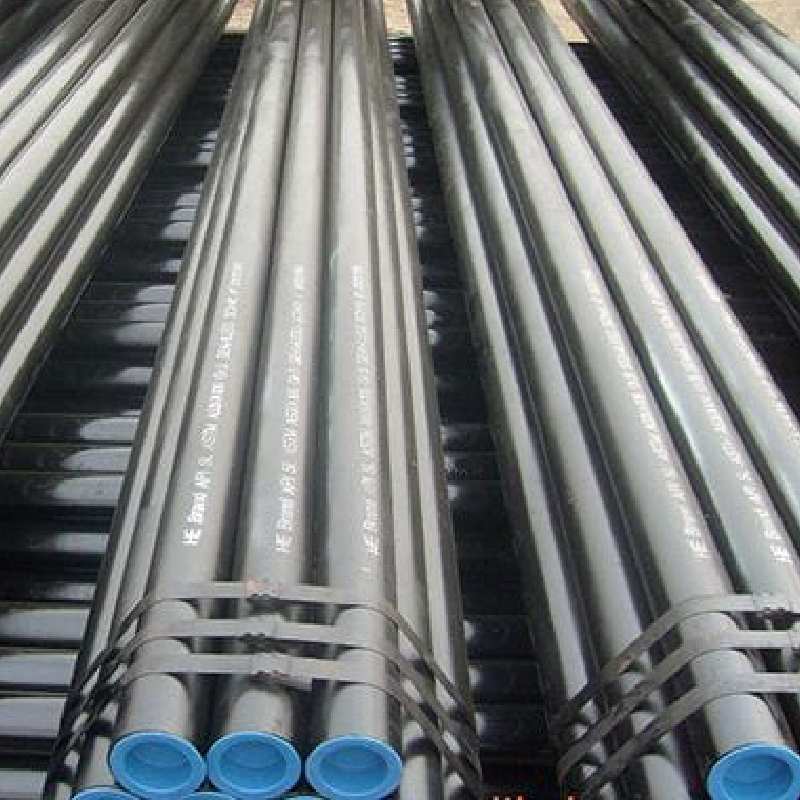-
Cangzhou Yulong Steel Co., Ltd.
-
Phone:
+86 13303177267 -
Email:
admin@ylsteelfittings.com
- English
- Arabic
- Italian
- Spanish
- Portuguese
- German
- kazakh
- Persian
- Greek
- French
- Russian
- Polish
- Thai
- Indonesian
- Vietnamese
- Zulu
- Korean
- Uzbek
- Hindi
- Serbian
- Malay
- Ukrainian
- Gujarati
- Haitian Creole
- hausa
- hawaiian
- Hebrew
- Miao
- Hungarian
- Icelandic
- igbo
- irish
- Japanese
- Javanese
- Kannada
- Khmer
- Rwandese
- Afrikaans
- Albanian
- Amharic
- Armenian
- Azerbaijani
- Basque
- Belarusian
- Bengali
- Bosnian
- Bulgarian
- Catalan
- Cebuano
- China
- China (Taiwan)
- Corsican
- Croatian
- Czech
- Danish
- Esperanto
- Estonian
- Finnish
- Frisian
- Galician
- Georgian
- Kurdish
- Kyrgyz
- Lao
- Latin
- Latvian
- Lithuanian
- Luxembourgish
- Macedonian
- Malgashi
- Malayalam
- Maltese
- Maori
- Marathi
- Mongolian
- Myanmar
- Nepali
- Norwegian
- Norwegian
- Occitan
- Pashto
- Dutch
- Punjabi
- Romanian
- Samoan
- Scottish Gaelic
- Sesotho
- Shona
- Sindhi
- Sinhala
- Slovak
- Slovenian
- Somali
- Sundanese
- Swahili
- Swedish
- Tagalog
- Tajik
- Tamil
- Tatar
- Telugu
- Turkish
- Turkmen
- Urdu
- Uighur
- Welsh
- Bantu
- Yiddish
- Yoruba

Dec . 01, 2024 15:52 Back to list
ansi pipe flange
Understanding ANSI Pipe Flanges A Comprehensive Overview
ANSI pipe flanges are essential components in piping systems, serving as critical junctions where two pipes are joined or where piping systems connect to other equipment. ANSI, which stands for the American National Standards Institute, has established specific standards that dictate the manufacturing and testing requirements of these flanges. This article aims to provide a detailed understanding of ANSI pipe flanges, their significance, design, classifications, and applications in various industries.
What are ANSI Pipe Flanges?
ANSI pipe flanges are circular plates with holes for bolts that allow for the secure attachment of pipes and other equipment. They are designed to provide a robust sealing surface that can withstand high pressures and temperatures, thus ensuring the integrity of the piping system. These flanges can be manufactured from various materials, including carbon steel, stainless steel, and other alloys, depending on the application and environmental conditions they will face.
Standards and Classifications
The ANSI flanges are classified according to the ANSI/ASME B16.5 standard, which covers flanges and flanged fittings for pipe sizes from 1/2 inch to 24 inches. The classification is further divided based on pressure-temperature ratings, which range from Class 150 to Class 2500, indicating the flange's capacity to handle different pressure and temperature environments.
Each class serves different operational purposes
- Class 150 This is the most commonly used flange class, suitable for low-pressure applications and general industrial usage. - Class 300, 600, and beyond These classes are utilized in higher pressure applications, such as oil and gas, chemical processing, and power generation.
Additionally, ANSI flanges can come in various types, including slip-on, weld neck, blind, and threaded, each serving specific purposes based on connection methods and pipe alignment.
ansi pipe flange

Design Features
ANSI pipe flanges typically feature several essential components
1. Bolt Holes These allow for the secure tightening of the flange to another flange, creating a leak-proof seal. 2. Gasket Surface This flat surface is where the gasket sits, providing an additional sealing mechanism that prevents leaks. 3. Face Types Flanges come with different face configurations, such as raised face (RF), flat face (FF), and ring-type joint (RTJ), impacting their sealing performance.
The design also considers factors like corrosion resistance and temperature tolerance, which are vital for ensuring long-term durability in harsh environments.
Applications in Various Industries
ANSI pipe flanges are versatile and find applications across multiple industries, including
- Oil and Gas Used extensively for drilling, refining, and transportation systems. Their durability and pressure-handling capabilities make them ideal for high-stakes applications. - Chemical Processing ANSI flanges provide necessary connections between reactors, separators, and other equipment in chemical plants, ensuring safety and reliability. - Power Generation Used in power plants, especially in steam and cooling systems, ANSI flanges withstand high pressure and temperatures, essential for operational efficiency. - Water Treatment They are integral to water treatment plants, connecting various components that aid in the purification process.
Conclusion
In summary, ANSI pipe flanges are vital components in piping systems, facilitating safe and efficient connections between various elements of industrial operations. Their adherence to established standards ensures consistency and reliability, while the variety of types and specifications accommodates a wide range of applications. Understanding ANSI pipe flanges and their characteristics is crucial for engineers and professionals involved in design, manufacturing, and maintenance within numerous industries. As technology advances and industries evolve, the importance of these reliable components will continue to grow, making continued education on ANSI standards imperative for key stakeholders.
Latest news
-
ANSI 150P SS304 SO FLANGE
NewsFeb.14,2025
-
ASTM A333GR6 STEEL PIPE
NewsJan.20,2025
-
ANSI B16.5 WELDING NECK FLANGE
NewsJan.15,2026
-
ANSI B16.5 SLIP-ON FLANGE
NewsApr.19,2024
-
SABS 1123 FLANGE
NewsJan.15,2025
-
DIN86044 PLATE FLANGE
NewsApr.19,2024
-
DIN2527 BLIND FLANGE
NewsApr.12,2024
-
JIS B2311 Butt-Welding Fittings LR/SR 45°/90° /180°Seamless/Weld
NewsApr.23,2024











